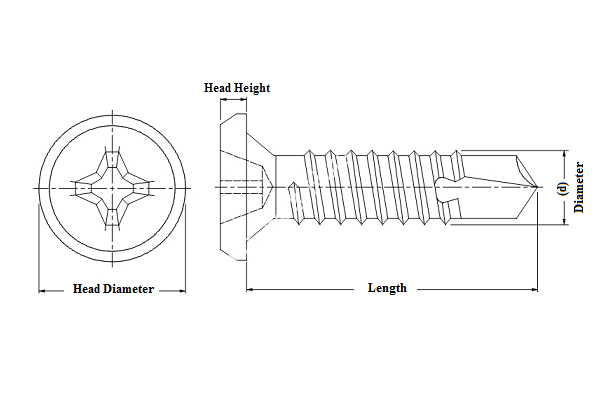Flat Washer Size Specifications from Manufacturers for Optimal Performance
Understanding Flat Washer Dimensions and Their Importance
Flat washers are essential components in various mechanical and construction applications. They serve several critical functions, including load distribution, vibration dampening, and surface protection. The dimensions of flat washers, including their outer diameter, inner diameter, and thickness, are vital for ensuring they perform effectively in specific applications. This article will delve into the various dimensions of flat washers, the factors influencing their choice, and why it's essential to rely on reputable manufacturers for high-quality products.
Key Dimensions of Flat Washers
1. Outer Diameter (OD) The outer diameter is the overall width of the washer from one outer edge to the opposite edge. It is crucial to choose the right OD based on the application requirements, as it affects the load distribution. A larger OD typically means better load distribution and increased stability when fastening different materials together.
2. Inner Diameter (ID) The inner diameter refers to the hole in the center of the washer. The ID must match the size of the bolt or screw being used; if it's too small, the washer will not fit, and if it's too large, it won't provide the necessary load distribution. Selecting the correct ID is critical to ensuring that the washer engages properly with the fastener.
3. Thickness The thickness of a flat washer can influence its performance under different loads. Thicker washers can handle greater loads but may be more challenging to fit into tight spaces. Conversely, thinner washers are more versatile but may not provide sufficient load distribution for higher weight applications.
4. Material While not a physical dimension, the material from which a flat washer is made is equally critical. Common materials include stainless steel, aluminum, brass, and nylon. Each material has its own set of properties, such as strength, resistance to corrosion, and flexibility, that can impact the washer's performance.
The Importance of Standardization
In the manufacturing industry, flat washers are usually produced according to specific standards set by organizations such as the American National Standards Institute (ANSI) or the International Organization for Standardization (ISO). These standards ensure that washers from different manufacturers can be used interchangeably. Conformity to these standards is crucial, especially in situations where safety and reliability are paramount, such as in aerospace or automotive applications.
Factors Influencing Selection
flat washer dimensions manufacturer

When selecting flat washers for a particular application, several factors must be considered
- Load Requirements Evaluate the load that the washer will need to accommodate. Higher loads typically require washers with larger outer diameters and greater thickness.
- Environmental Conditions Consider the operating environment. If washers will be exposed to moisture, chemicals, or extreme heat, selecting materials that can withstand these conditions is vital.
- Compatibility with Fasteners Always ensure that the ID of the washer matches the bolt or screw size to maintain structural integrity.
Choosing a Reputable Manufacturer
Working with established manufacturers is crucial for obtaining high-quality flat washers. Reputable manufacturers adhere to international standards and employ stringent quality control measures to ensure each washer meets specific tolerances. Moreover, they often provide detailed specifications and certifications, giving customers confidence in the performance of their products.
It’s also beneficial to work with manufacturers who offer customization options. In many industries, the exact dimensions and specifications of washers might vary based on unique applications. A good manufacturer can provide custom solutions, ensuring that customers get the right dimensions and materials suited to their specific needs.
Conclusion
Flat washer dimensions are fundamental to their functionality and effectiveness in various applications. Understanding the importance of outer diameter, inner diameter, thickness, and material is essential for making informed choices. By working with reputable manufacturers, users can access high-quality flat washers that meet their specific design and operational requirements, thereby enhancing safety, reliability, and overall performance in their projects.
-
Top Choices for Plasterboard FixingNewsDec.26,2024
-
The Versatility of Specialty WashersNewsDec.26,2024
-
Secure Your ProjectsNewsDec.26,2024
-
Essential Screws for Chipboard Flooring ProjectsNewsDec.26,2024
-
Choosing the Right Drywall ScrewsNewsDec.26,2024
-
Black Phosphate Screws for Superior PerformanceNewsDec.26,2024
-
The Versatile Choice of Nylon Flat Washers for Your NeedsNewsDec.18,2024










